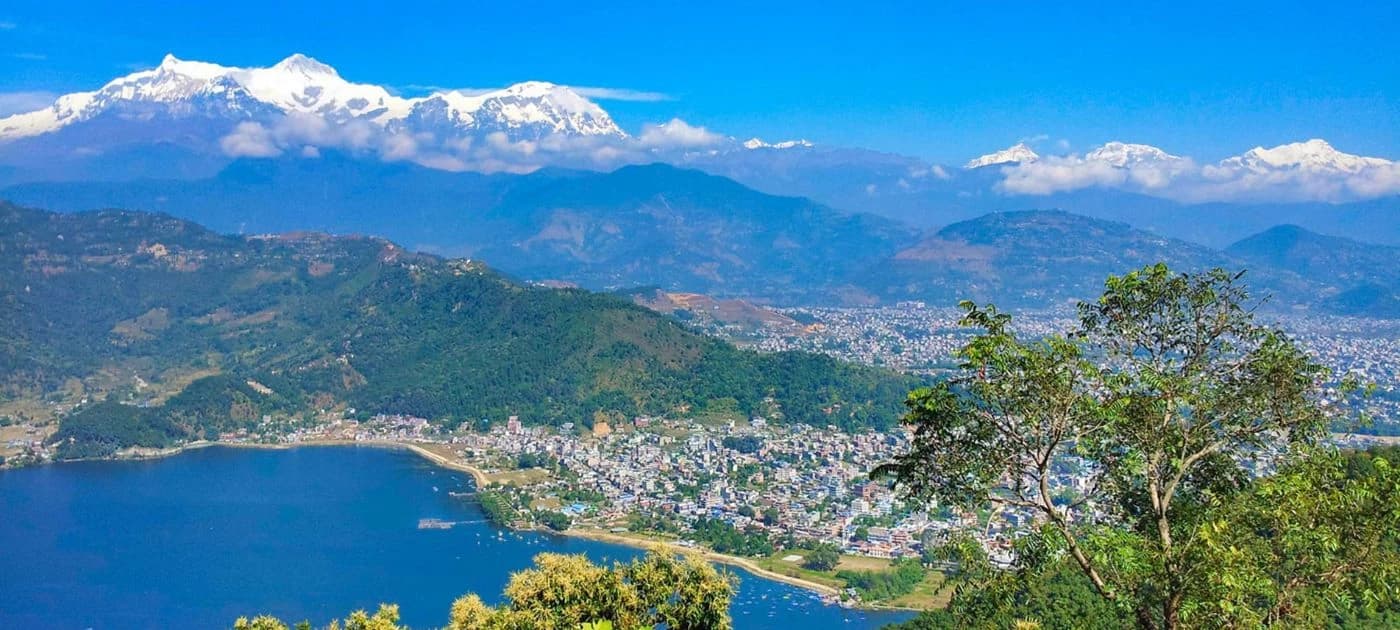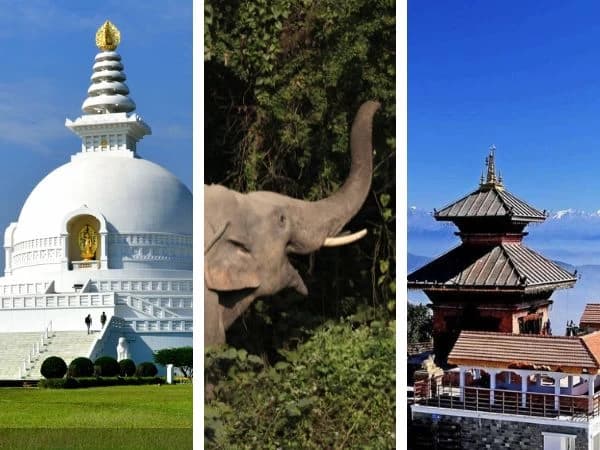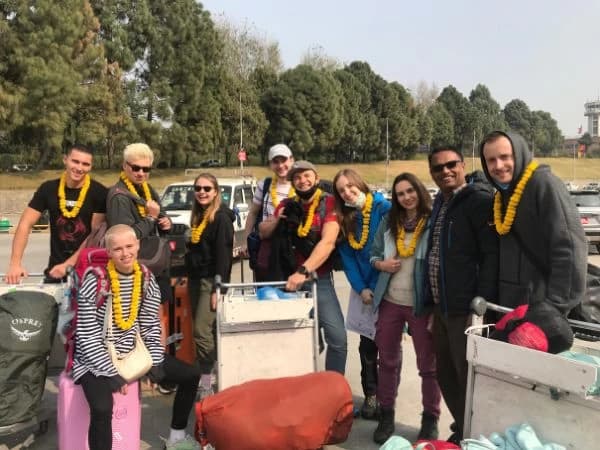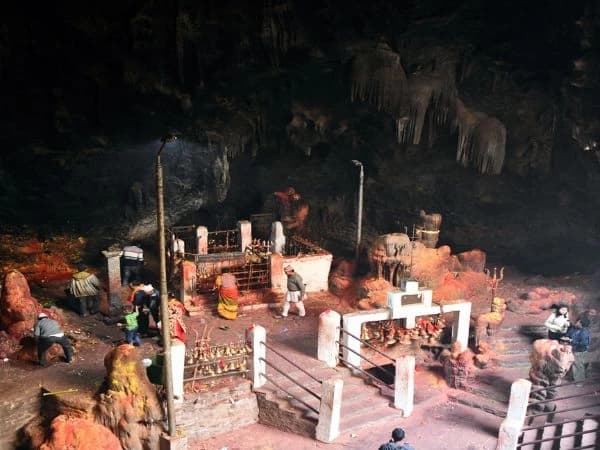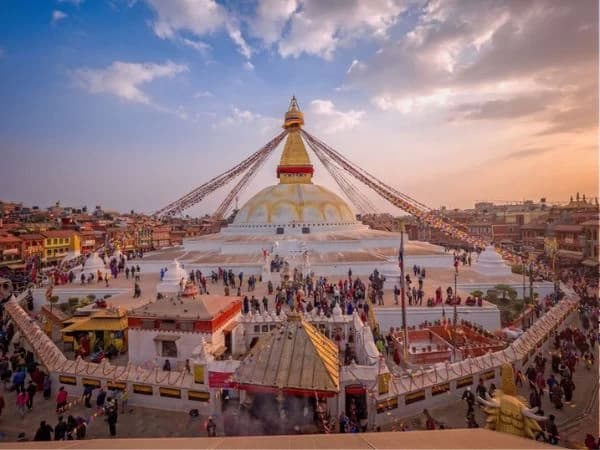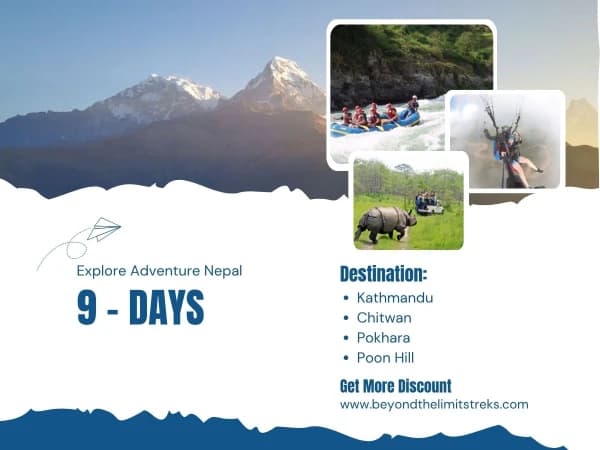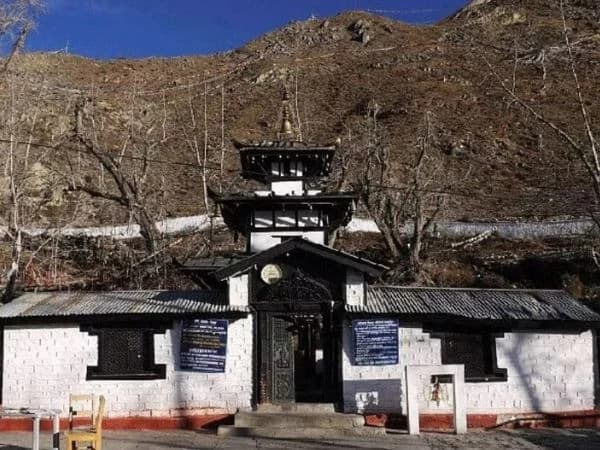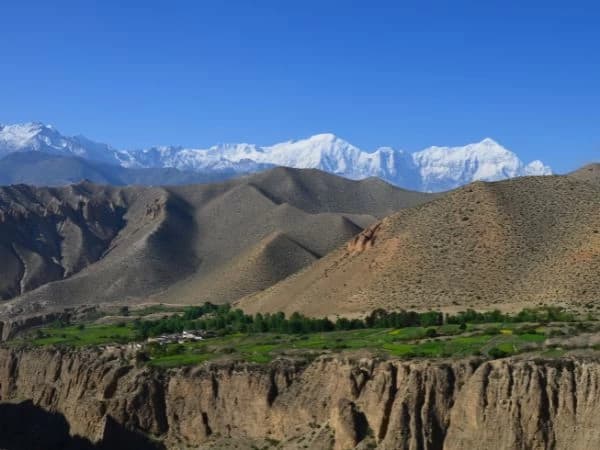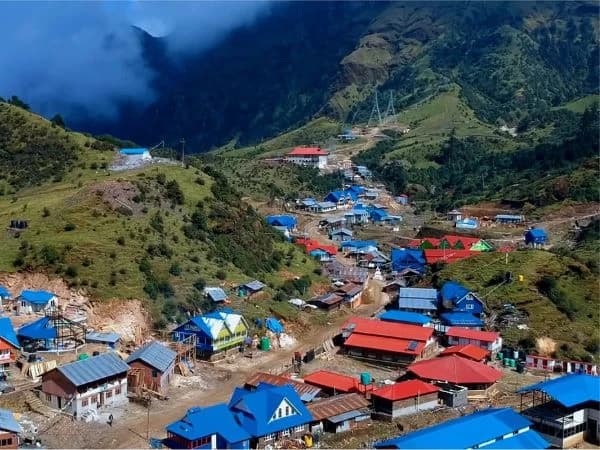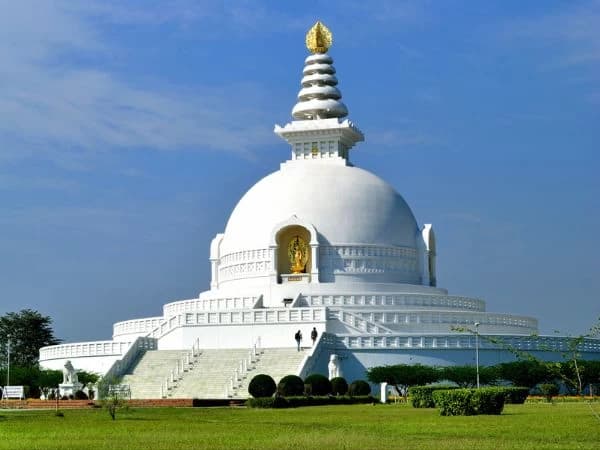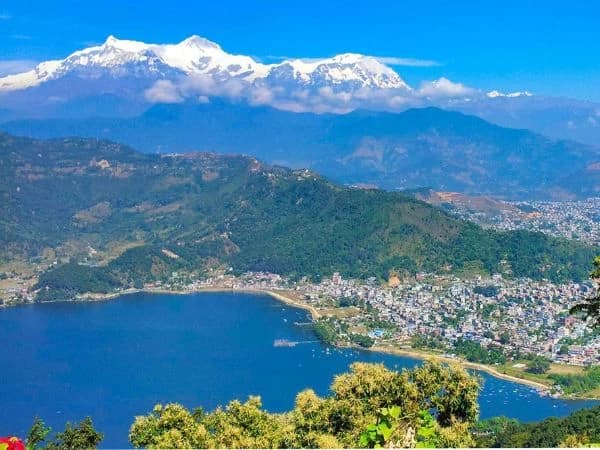Nepal is famous for its Natural, cultural, and historical tours. Nepal offers 7th world heritage site and world-class tours with a view of the great Himalayas. The ancient palace and its culture are the main attractions for tours in Nepal. The flat Terai and the great Himalayan Range including Mt Everest the Top of the world are here between China and India.
Kathmandu
Kathmandu is a small mountain-sheltered valley; the arrival and visit point for the visitors is the historical and architectural centerpoint of Nepal which was crowned with the title of "Capital City" after the great unification of Nepal in 1768 AD.
Nevertheless its small size it has got a bountiful treasure of spots listed in the World Heritage Sites. The three Durbar Squares of Kathmandu, Patan, and Bhaktapur ( 3 districts of the Valley ) are renowned in the arena of tourism for being masterpieces in art and architecture. The old carved houses, narrow lanes, frequent encountering ancient temples, and adorned by rare and attractive cultures and festivals enlist Kathmandu as "a focal destination" for sightseeing.
The valley forwards itself to the panoramic views of the captivating Himalayas, sequestered jungles, and also to the exotic hiking corners.
Kathmandu Durbar Square

This one of the most popular tourist destinations is enlisted in World Heritage Sites. Clustered around the central Durbar Square are the old Royal Palace (Hanuman Dhoka), numerous interesting temples, the Kumari Chowk or Kumari Bahal (House of the Living Goddess), and the Kasthamandap (House of Wood) from which Kathmandu derived its present name. An inquisitive exploration in the Durbar Square reveals the ancient art and architecture of Nepal which has proved to be a masterpiece to everyone accepting its genuineness.
Pashupatinath Temple

Not only is Pashupatinath the most important Hindu temple in Nepal, it’s one of the most important Shiva temples on the subcontinent and draws numerous devotees from all over India each year. Pashupati is considered to have a special concern for the kingdom of Nepal. Pashupatinath, an ancient plinth, by the banks of the holy Bagmati River, stands the 16th century of Pashupatinath - Shiva, as Lord of all Creatures. The old buildings on the site were destroyed by Moslem invaders in the 14th century, its stone linga smashed to dust, but it rose again behind their retreating backs. Succeeding monarchs reinstated the temple and the images. The flowing Bagmati is a holy river and the ghats (crematorium) at its bank are the earnest Hindus' truest cremation center.
Swyambhunath Temple

The Buddhist temple of Swayambhunath, situated on the top of a hill west of the city, is one of the most popular and instantly recognizable symbols of Nepal. Geologists believe that the Kathmandu Valley was once a lake and legends relate that the hill on which Swayambhunath stands was an island in that lake. Under the Mallas various improvements were made and the great stairway to the stupa was constructed by King Pratap Malla in the 17th century. From the flattened top of the hill, the soaring central stupa is topped by a gold-colored square block from which the watchful eyes of the Buddha gaze out across the valley in each direction. From the platform of the spot, the splendid changing view of the valley could be seen with the monkeys running here and there.
BOUDHANATH

This is the largest stupa in Nepal and one of the largest in the world. It is a religious center for Nepal’s considerable population of Tibetans and there are several thriving monasteries around the stupa which have their self-importance. Bodnath has always been associated with Lhasa and Tibetan Buddhism. The first stupa is believed to have been constructed sometime after 600 CE after the Tibetan King Songtsen Gompo was converted to Buddhism by two wives named Bhrikuti and Wen Cheng Konjo but the current stupa was probably built after the depredations of the Moghul invaders in the 14th. Century. Stupas were originally built to house holy relics or to commemorate an event or place with a structure that symbolizes Buddhist Beliefs.
PATAN

Patan is 15 minutes drive from Kathmandu. Lalitpur, the city of beauty is separated from Kathmandu only by the Bagmati River and is the second largest town in the valley. Lalitpur is fragmented from other cities due to its substantive architectural ancient masterpieces. Patan’s central Durbar Square is packed with temples: it’s an architectural center point with a far greater concentration of temples per sq. meter than in Kathamandu or Bhaktapur.
Krishna Mandir which is one of the grandeur of the square was built in 1637 by the king Siddhinarsingh Malla. The entire temple is constructed from stone. Golden Temple which is the unique Buddhist Monastery was founded in the 12th century it is a large rectangular building has three roofs and a copper gilded façade with images of Buddha and Avalokitesvara where there are Buddha images and illustrations on the walls. The square has been unrestrainedly adorned by the Bhimsen Temple, Manga Hiti, Vishwanath Temple, Jagannarayan Temple, Golden Temple, and numerous others. Take the pleasure of discovering Patan Durbar Square which has been named the World Heritage Site.
BHAKTAPUR

Bhaktapur, also known as Bhadgaon or the city of Devotees, is the third major town of the valley and in many ways the most medieval. Bhaktapur’s Durbar Square is much larger and more spacious than Kathmandu’s and much less crowded with temples than Patan’s. Bhaktapur’s Royal Palace was founded by Yaksha Malla and added to by successive Kings. Unfortunately, the palace suffered great damage in the 1934 earthquake and its subsequent reconstruction did not match its original artistry.
POKHARA

Pokhara is one of the imaginary realistic parts of Nepal. This is the second tourist destination of the country. Pokhara stands at 884 meters above sea level, about 700 meters lower than Kathmandu. The valley has three large lakes: Rupa Tal, Begnas Tal, and Phewa Tal.
Viewed from Pokhara, the Himalaya is indeed a mighty mountain range, looming over the horizon much closer than it does in Kathmandu. Only foothills separate the town from the full height of the mountains, and the magnificent 8000 meter peaks of the Annapurna Range utterly dominate the view to the north. In the Kathmandu Valley the high temples are all around you, in the Pokhara Valley it is the mountains.
LUMBINI

Lumbini (306Km. -east); this World Heritage Site is not only a place of pilgrimage but also an international tourist attraction where Lord Buddha was born, who ultimately got enlightenment and preached his message to the world. The main attraction at the Lumbini remains the Sacred Garden that is spread over 8 sq. km, the Mayadevi Temple, the Ashoka Pillar, the sacred pond, the China Temple etc. A tour to this destination should bring emancipation in one’s life which is so pure, peaceful, and prosperous to those who seek salvation from the filthy activities practiced in the world.
Our Backlink Partner:
- www.fethiyetours.com
Fethiye Tours appeals to all kinds of people and allows you to have fun moments with various tours and activities during your holiday in Fethiye Turkey. - Abu Dhabi Sightseeing Tours:
Experience the best of the UAE’s capital with a guided Abu Dhabi city tour, showcasing iconic landmarks and cultural highlights. Their Abu Dhabi city tours are perfect for travelers seeking a rich blend of tradition, modernity, and breathtaking architecture. - Ayurveda Spa & Salon
Experience the best of wellness in Pokhara with Ayurveda Spa & Salon, offering a perfect blend of traditional healing and modern beauty care. Their relaxing massages, rejuvenating Ayurvedic treatments, and professional salon services make it a top choice for visitors and locals alike. Known as the best spa in Pokhara, it’s ideal for those seeking peace, balance, and self-care, all at affordable prices.
